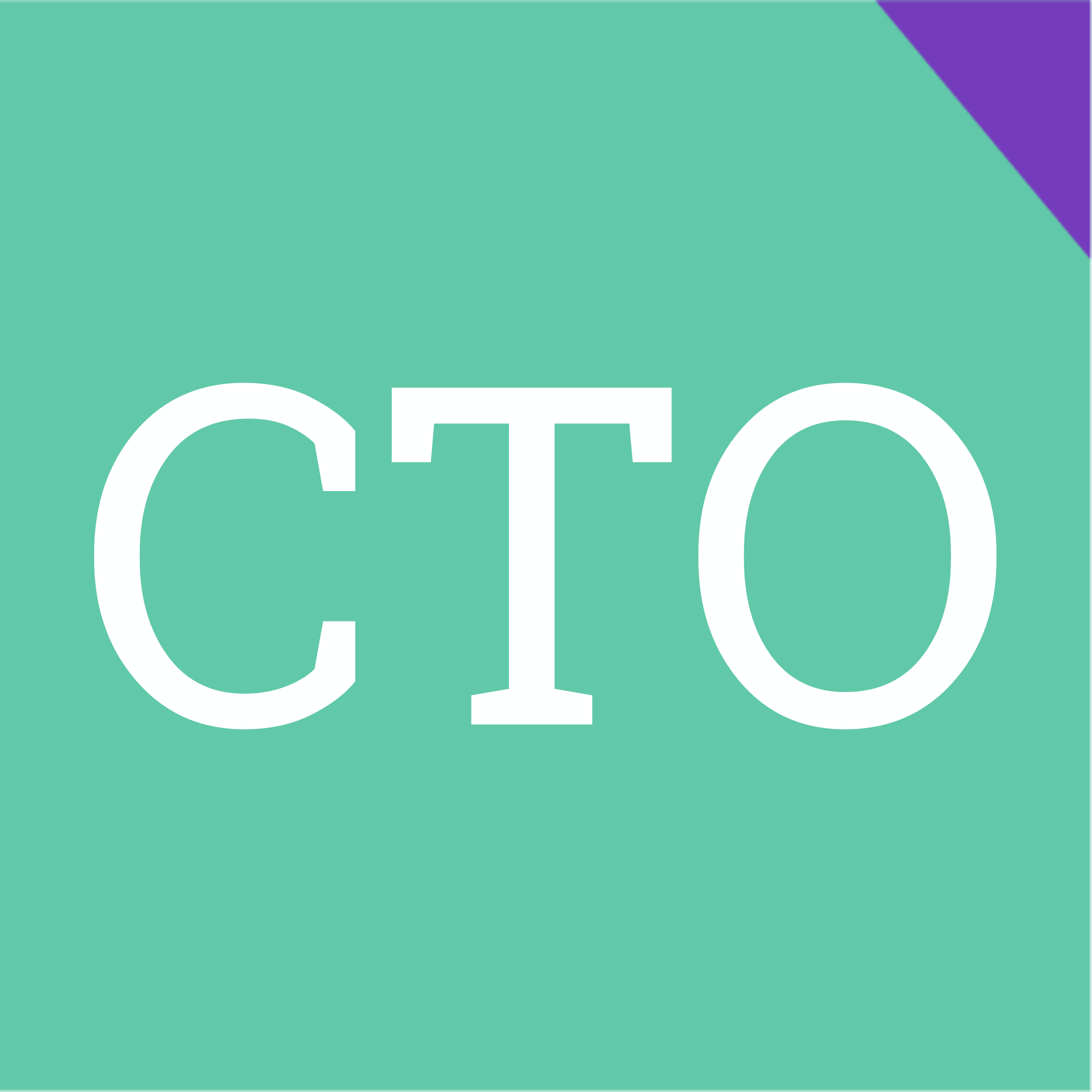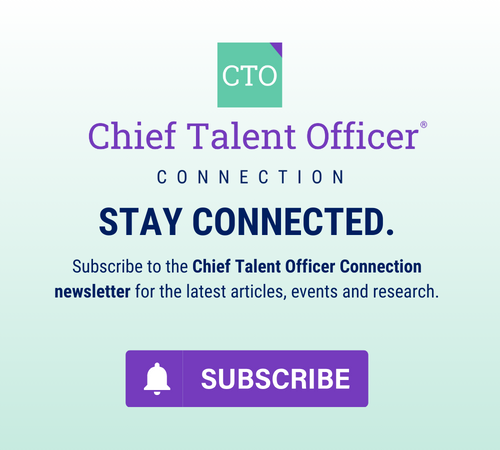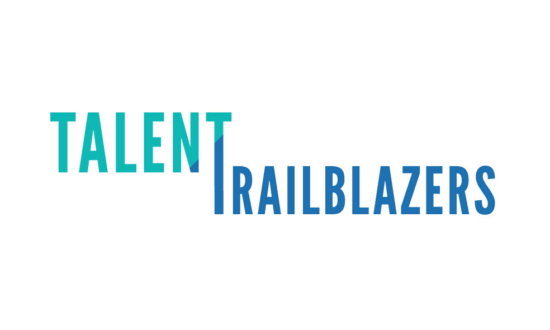In the past 10 years, the demand for innovation skills has widened as need has shifted from traditional areas of technology, product and market development into service development, process redefining, business-model renewal, strategy redefinition, building internal organizational capabilities and more.
If we define innovation as delivering value through novel ideas, then innovation always brings the unfamiliar. When they don’t know what outcomes or methods will look like, people may feel anxious and resolve this tension by reverting to familiar thinking. So, essentially, a greater need for innovation may actually deliver more familiar thinking.
The challenge for learning leaders is how to help people explore longer, and tolerate the inevitable uncertainties of innovation with teams. The good news is we know a lot about learning how to be effective, creative problem-solvers. Research and practice, developed over decades and refined for our current day realities, shows that motivated leaders can learn how to enable innovation in their people.
For example, consider how the University of the West of England worked with businesses to deliver executive education leadership programs to healthcare leaders (Editor’s note: The author works for the university). Leaders applied a framework of creativity that was originally noted by Mel Rhodes in 1961 when he categorized many creativity definitions into a 4-P model, and participants later introduced a variety of improvements to patient care and experiences. The 4-P model includes:
- Press: Ensure a team work climate supports idea development.
- Person: How to optimize diversity.
- Process: The stages we work through to produce creative outcomes.
- Product: Define desired innovation outcomes.
UWE concentrated on these four areas to enable innovation to take root within leaders’ teams in their different workplaces:
- Press.
Leadership is the single biggest determinant of team climate. Climate is the source of people’s discretionary effort, and it strongly affects performance. With their back-at-work team members, UWE course participants measured their team’s climate for innovation pre- and post-leadership program using the Situational Outlook Questionnaire.
Participants said a focus on work climate puts innovation improvement within their influence. They thought more deliberately about how they, as leaders, affect their teams immediately for better or worse, and how this affected idea generation. With their teams, they agreed on which priority improvements to act on. Most teams made deliberate climate improvements, and this was reflected in their innovation performance. Interestingly, we found that climate can change, measurably and positively, within nine months.
2. Person.
Kirton’s Adaption-Innovation, or KAI, theory has been developed and applied over five decades. It focuses on a key difference in people that is highly relevant for innovation — our preferred style of problem-solving. This gives participants feedback on the extent to which they are attracted to situations that need more incremental or breakthrough change. Over time, teams dealing with a complex agenda and an array of work challenges need to use a variety of problem styles. Without learning, this difference can cause interpersonal conflict. With learning, it can be used to aid collaboration.
Leaders said their increased awareness of their own and others’ styles helped them optimize this team diversity. It improves the quality of conversations and speeds up idea progression from concept to implementation-testing.
3. Process.
UWE applied lessons from nearly 100 years of insights on the stages people work through when doing creative work. Leaders learned to detach the generation of options from their evaluation as they move through three phases of idea development: exploring and defining the problem; generating and selecting ideas; and preparing for implementation testing. Leaders quickly learned a variety of tools to use at each stage to promote novel, useful thinking.
Leaders said the tools were fun and effective and surprised them in how quickly they yielded novel insights on work challenges. It gave a structured approach to navigate the challenge of creating novel and useful solutions. It also gave leaders a set of tools to apply with their teams.
4. Product.
During the program leaders were given time and space to work in action learning sets, and choose their priority innovation challenges. This helped them focus and make meaningful, public commitments and review them through an ongoing, rolling process.
Rhodes model offers a systematic way to learn creative problem-solving. The model has been tested, applied and refined in organizations over time and, with practice and the right application, can contribute to solutions for our current-day, complex work challenges.
Rob Sheffield is the director at Bluegreen Learning and visiting research fellow at UWE. Comment below or email editor@CLOmedia.com.











